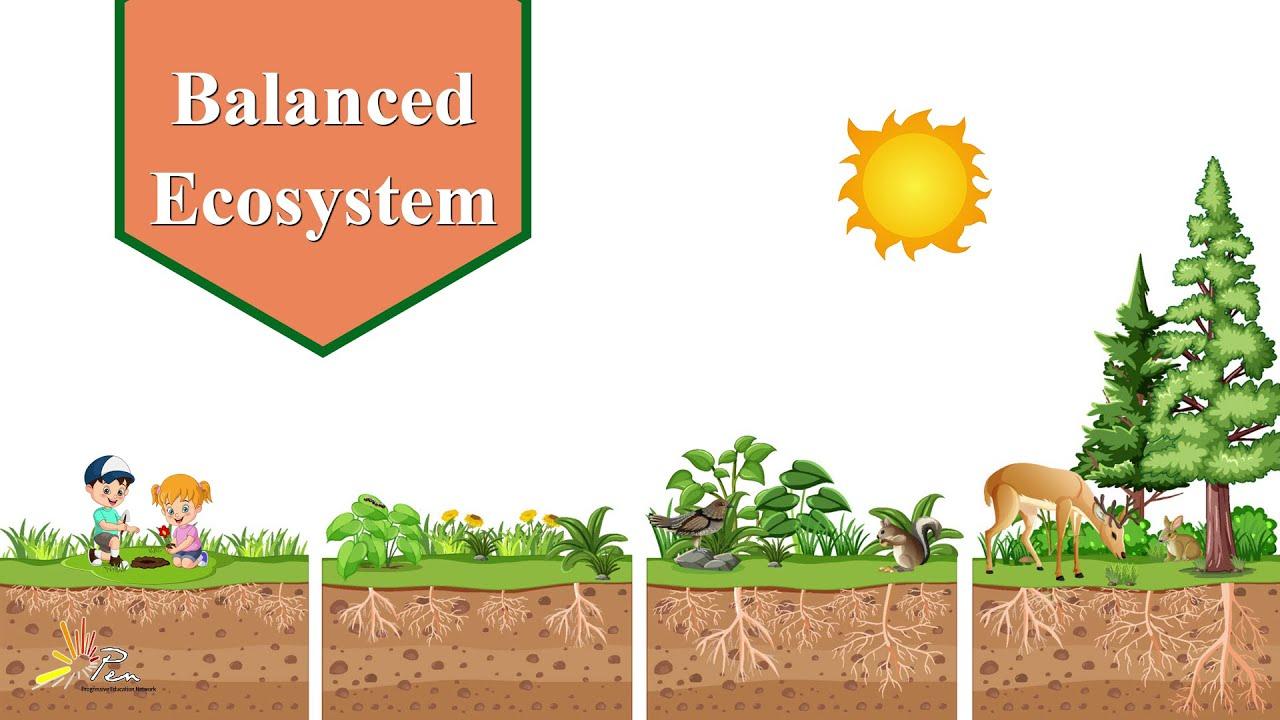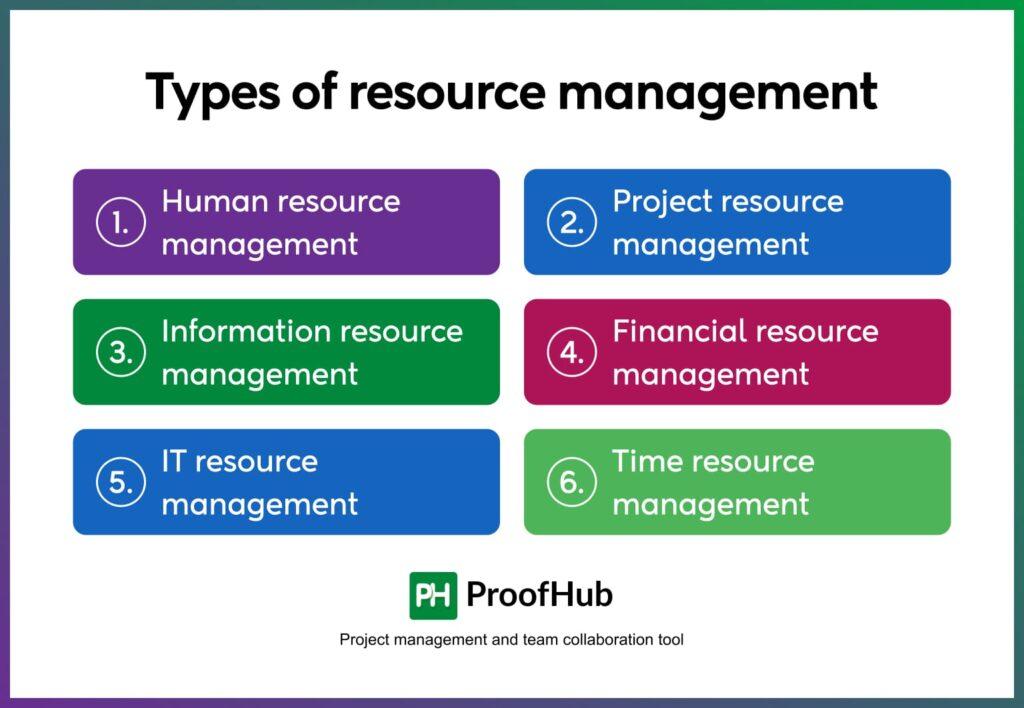In the boundless expanse of the universe, there exists a realm where imagination knows no limits and the thrill of discovery is the ultimate prize. Welcome to ‘My Little Universe: the Explorer’s Survival Guide’, a comprehensive companion for the curious and the brave. This handbook is not just a collection of tips and tricks, but a gateway to an uncharted world where anyone can become the master of their own cosmic journey. Dive into the pages of this guide and unlock the secrets of the universe, tailored to the fearless explorers of all ages, eager to chart their own course among the stars.
My Little Universe Overview and Basic Principles
Within the intricate tapestry of My Little Universe, several core principles govern the experiences of its inhabitants. At its heart, this realm is a delicate balance of exploration, discovery, and survival. The unique circumstances that unfolded within this boundless expanse have forged a setting where adaptability and perseverance are the building blocks of prosperity. As such, explorers must fine-tune their wits, instincts, and resolve to truly navigate the mysteries hidden within.
Understanding the fundamental forces that shape this intricate landscape is paramount for those who dare to venture forth. Key elements to note include:
- Equilibrium Flux: The ever-present dance of balance, where ecosystems interlock to create a cohesive world.
- Elemental Resonance: The vibrational signatures that every living entity embodies, fostering symbiotic relationships and conflict.
- Chronic Convergence: The theory that reality itself may be shaped by parallel worlds and events.
| Level of Adaptation | Characteristic Traits | Survival Probability |
|---|---|---|
| Novice | Impulsiveness, Limited Knowledge | Low (3/10) |
| Initiate | Developing Insight, Experimentation | Moderate (6/10) |
| Adept | Conflict Resolution, Wisdom | High (9/10) |
Embracing this intricate ecosystem and grasping the knowledge hidden within its fabric is essential for any explorer seeking to survive, let alone thrive, in the boundless expanse of My Little Universe.

Understanding the Dynamics of Your Mini World
As you navigate the intricate web of your mini world, it’s essential to comprehend the interplay between its fundamental components. This delicate dance revolves around Energy, Matter, and Life, each influencing the others in profound ways.
| Component | Role |
|---|---|
| Energy | Fuels growth, movement, and interactions |
| Matter | Provides structure and foundation |
| Life | Brings forth vitality, diversity, and adaptation |
As you grasp the dynamics at play, you can begin to understand the complex relationships between these elements and the micro-ecosystems they form. You might notice recurring patterns, such as:
- Cycles of energy consumption and replenishment
- Transformations of matter through growth, decay, and renewal
- The emergence of diverse life forms, each playing their part in the grand symphony
By studying these patterns, you can develop strategies to nurture the balance and harmony within your mini world, ultimately guiding it towards a brighter, more resilient future.
Creating a Balanced Ecosystem for Optimal Growth
In order to ensure that your ecosystem is thriving, you’ll want to strike the perfect balance between symbiotic relationships, where species work together for mutual benefit, and competitive relationships, where species are competing for resources. One way to achieve this is by introducing a variety of plant life, from phytoplankton to trees, which will not only provide oxygen but also create shelter and food for other species.
Some examples of symbiotic relationships that can be beneficial to your ecosystem include:
*
- Photosynthetic algae and aquatic animals, where the algae provide oxygen and nutrients to the animals, while the animals provide the algae with necessary nutrients.
- Bees and flowers, where the bees collect nectar from the flowers to make honey, while also pollinating the flowers.
- Fungi and tree roots, where the fungi break down nutrients in the soil that are then absorbed by the tree roots.
| Species | Role in Ecosystem | Nutritional Value |
| tavs-row | tavs-row | tavs-row |
| phytoplankton | Oxygen production, base of aquatic food web | Rich in protein and omega-3 fatty acids |
| trees | Shelter, food, oxygen production | Habitat for forest animals, food for herbivores |
| fungi | Nutrient decomposition, soil enrichment | Supplements tree nutrient uptake |
In addition to cultivating symbiotic relationships, you’ll also want to monitor the overall health and resilience of your ecosystem by tracking Key Performance Indicators (KPIs) such as nutrient levels, temperature, and population growth rates. By regularly assessing these metrics, you’ll be able to identify potential issues before they become major problems.
Essential Skills for Every Aspiring Explorer
To thrive in uncharted territories, every aspiring explorer must possess a unique set of skills that go beyond mere curiosity and a thirst for adventure. These abilities not only ensure survival but also enable explorers to navigate unfamiliar landscapes, connect with diverse cultures, and unlock the secrets of the unknown. Some of the key skills required for a life of exploration include:
- Wilderness First Aid: knowledge of basic medical care, wound treatment, and emergency response techniques
- Cartography and Navigation: understanding of map-reading, compass usage, and GPS technology
- Cultural Competence: ability to engage with diverse cultures, respect local customs, and communicate effectively
- Environmental Adaptability: capacity to survive in extreme temperatures, weather conditions, and terrain
A well-rounded explorer must also be adept at solving problems, thinking creatively, and remaining calm under pressure. By mastering these essential skills, aspiring explorers can unlock the doors to new experiences, forge unbreakable connections with the natural world, and uncover the hidden treasures of our planet. The following table illustrates some of the key skills required for different types of exploration:
| Type of Exploration | Essential Skills |
| Desert Exploration | Water conservation, sun protection, sandstorm navigation |
| Jungle Exploration | Tropical disease prevention, wildlife identification, extreme humidity adaptation |
| Mountain Exploration | Altitude sickness prevention, crevasse rescue techniques, avalanche prediction |

Navigating Uncharted Territories Safely and Efficiently
As we venture into unexplored realms, the art of navigation becomes a crucial skill in our survival arsenal. Effective navigation requires a combination of knowledge, experience, and intuition. Here are some key strategies for navigating uncharted territories with precision and safety:
- Maintaining Situational Awareness: Develop a keen sense of your surroundings by paying attention to natural signs, such as changes in vegetation, topography, and animal behavior.
- Using Technology Wisely: Leverage GPS devices, compasses, and maps to stay on course, but also learn to navigate using celestial bodies, landmarks, and other natural features.
- Recording Your Journey: Keep a log of your travels, noting key milestones, landmarks, and any notable events or discoveries.
Additionally, understanding the local environment and adapting to its unique conditions is essential for efficient navigation. Consider the following regional characteristics to better prepare yourself for your journey:
| Region | Unique Navigation Challenges |
|---|---|
| Desert | Dense sandstorms, lack of shading, and mirages |
| Mountainous Terrain | Steep cliffs, unpredictable weather patterns, and limited visibility |
| Dense Forest | Thick foliage, winding trails, and abundant wildlife |

Managing Resources and Building a Thriving Civilisation
Resourceful Management
To establish a stable foundation, allocate resources efficiently, minimizing waste and ensuring a self-sustaining cycle. Develop a system for gathering, storing, and distributing resources such as food, water, and materials.
- Organize your resource collection schedule to maximize output.
- Upgrade storage facilities as your resources grow.
- Distribute resources effectively, balancing supply and demand.
Civilization Growth Factors
To create a thriving universe, you must understand the symbiotic relationship between various factors. Analyze and adjust these factors to promote growth and stability.
| Factor | Influence |
|---|---|
| Population | Workforce, Consumption |
| Infrastructure | Productivity, Resource Efficiency |
| Environmental Balance | Resource Quality, Population Health |

Crafting Tools and Essential Items for Survival and Progress
In the vast expanse of My Little Universe, a well-stocked inventory can be the difference between life and death. As you venture into the unknown, it’s crucial to have the right tools for the job. A trusty pickaxe is your gateway to unlocking the universe’s secrets, allowing you to mine precious resources and craft the items you need to survive. A sharpened axe will help you chop down trees, clearing a path through the dense foliage and providing the materials for crafting shelters and tools. Rounding out your toolkit should be a spade, perfect for digging trenches and creating foundations for your structures.
-
Crafting Priorities Tool Materials Required Pickaxe 3x Wood Axe 2x Stone Spade 1x Metal -
Essential Items Item Materials Required First-Aid Kit 2x Herbs Torch 1x Stick, 1x Flint Bedroll 2x Cloth

Adapting to New Environments and Overcoming Challenges
As an explorer, adapting to new environments is a crucial aspect of your survival strategy. Every new environment presents a unique set of challenges that you must navigate in order to thrive. One way to do this is by embracing a mindset of curiosity and open-mindedness. This allows you to approach new situations with a beginner’s mindset, unencumbered by preconceived notions or assumptions.
When faced with a challenging environment, ask yourself:
- What are the key factors that define this environment?
- How can I leverage these factors to my advantage?
- What skills or knowledge gaps do I need to address in order to thrive?
By answering these questions, you can begin to build a strategy for overcoming the challenges of your new environment. Remember, every challenge presents an opportunity for growth and learning.
In your travels, you may encounter environments with extreme temperatures, limited resources, or other hostile conditions. In these situations, it’s essential to prioritize your physical and mental well-being. Here are some strategies for coping with environmental stressors:
| Stressor | Strategy |
|---|---|
| Extreme temperatures | Find shade or shelter, stay hydrated, and adjust your clothing accordingly |
| Limited resources | Ration your supplies, find alternative sources of food and water, and prioritize your needs |
By anticipating and preparing for these challenges, you can minimize their impact and maintain your physical and mental resilience.
Unlocking the Secrets of the Cosmic Elements
As explorers of the universe, we’re constantly fascinated by the building blocks that make up our cosmos. The elements we find in space, from the lightest gases to the heaviest metals, hold secrets to the universe’s birth, growth, and evolution. By studying the properties and behaviors of these elements, we can gain insight into the mysteries of the universe. For instance, Lithium, an element forged in the hearts of stars, can reveal the processes that occur within stellar cores.
Some elements, like Helium, are incredibly light, while others, such as Uranium, are incredibly heavy. The wide range of properties and characteristics exhibit how unique each element is, which contributes to the diversity of celestial bodies, from stars to planets. Here’s a snapshot of some of these cosmic elements:
| Element | Atomic Number | Discovery |
|---|---|---|
| Hydrogen | 1 | 1766 – Henry Cavendish |
| Helium | 2 | 1868 – Jules Janssen, Norman Lockyer |
| Lithium | 3 | 1817 – Johan August Arfwedson |
Understanding the properties, creation, and demise of these elements holds the key to unlocking the secrets of the universe. By decoding their behaviors, explorers can decipher clues about the events that have unfolded over billions of years, and shed light on the mysteries of our cosmic surroundings.

Building Strategic Alliances and Trading Effectively
As you navigate the uncharted territories of your little universe, you’ll encounter fellow explorers who can aid or hinder your progress. Forming alliances with like-minded individuals can amplify your efforts and unlock new opportunities. When evaluating potential allies, consider their values, expertise, and motivations. Ask yourself:
- Do our values align, and can we support each other’s vision?
- What unique skills or knowledge can they bring to the table?
- What are their long-term goals, and how do they intersect with mine?
When trading resources or knowledge, be mindful of the terms and potential consequences. Establish clear expectations and boundaries to avoid misunderstandings. Consider the following best practices:
| Trade Type | Key Considerations |
|---|---|
| Resource-based trade | Evaluate the value of the resources exchanged, and ensure a mutually beneficial agreement. |
| Knowledge-based trade | Assess the relevance and potential impact of the shared knowledge, and establish clear ownership and usage rights. |
By approaching alliances and trades with a clear understanding of the terms and potential outcomes, you’ll be better equipped to navigate the complexities of your little universe and achieve your goals.

Enhancing Your Survival Chances through Skill Upgrades
Immersing yourself in the universe can expose you to a multitude of challenges that will test your will to survive. As you venture further into the unknown, it becomes crucial to upgrade your skills to overcome obstacles and enhance your chances of survival. Fortunately, the universe provides ample opportunities for exploration, learning, and skill development.
| Survival Skill | Description | Benefit |
|---|---|---|
| Astronautics | Mastering the basics of space travel, including operating spacecraft and navigating through space. | Increases mobility and allows exploration of new planets. |
| Altered Environment Adaptation | Developing the capacity to thrive in various environments, such as extreme temperatures and toxic atmospheres. | Expands the range of exploitable resources and increases resilience. |
| Alien Language and Culture | Understanding extraterrestrial languages and cultures to facilitate communication and establish relationships. | Enhances cooperation with other space-faring beings and unlocks new alliances. |
To reinforce these skills, focus on the following strategies:
- Gain hands-on experience by experimenting with new equipment and techniques in real-world scenarios.
- Seek knowledge and wisdom from other beings, either through direct communication or by studying ancient artifacts and relics.
- Continuously assess and adapt to the changing environment, using past experiences as valuable lessons to inform future decisions.
- Diversify your expertise by exploring a wide range of disciplines, ensuring that you can tackle challenges from multiple angles.
Insights and Conclusions
As the cosmos beckons and the unknown whispers its secrets, ‘My Little Universe: the Explorer’s Survival Guide’ stands ready to fuel your wildest dreams. With its pages worn from countless adventures and its wisdom tested by the vast expanse of the stars, this trusted companion remains an indispensable key to navigating the mysteries of our universe. As you close this book, remember that the true exploration has only just begun – in the depths of your own curiosity, in the uncharted territories of your imagination, and in the infinite possibilities that await us all. May your journey be filled with wonder, your paths be lit with knowledge, and the cosmos be your boundless playground. Explore on.






